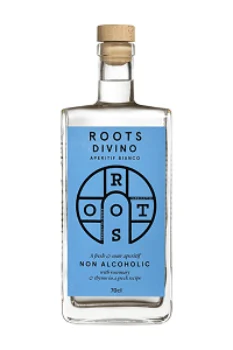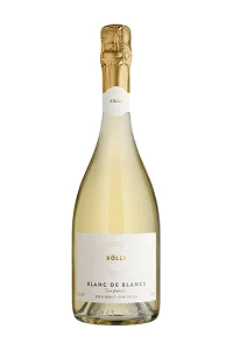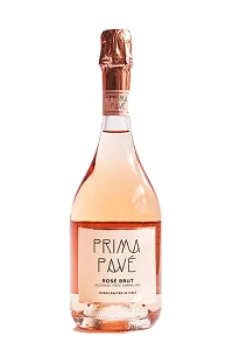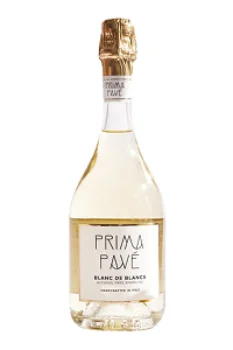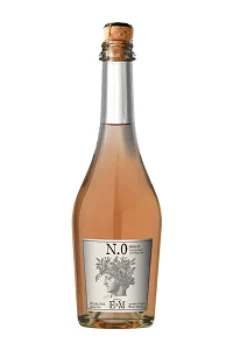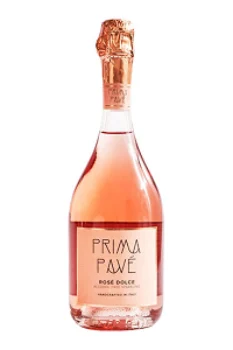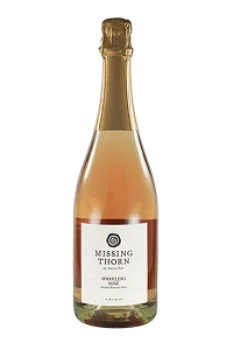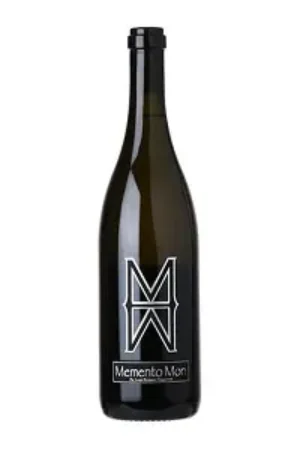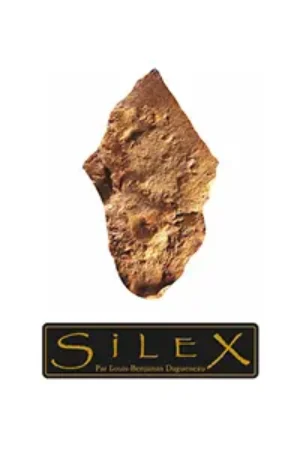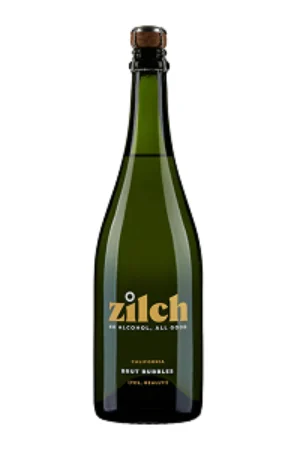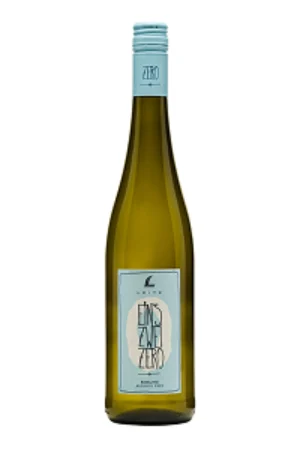Sophisticated non alcoholic wines that will elevate your 2025
Looking to cut back on your liquor intake? The same sophisticated taste without the booze, non-alcoholic wine, is on the rise in 2025 as more people get sober curious. Join us as we discuss everything from production methods to the best non alcoholic wine picks and expert pairing tips.
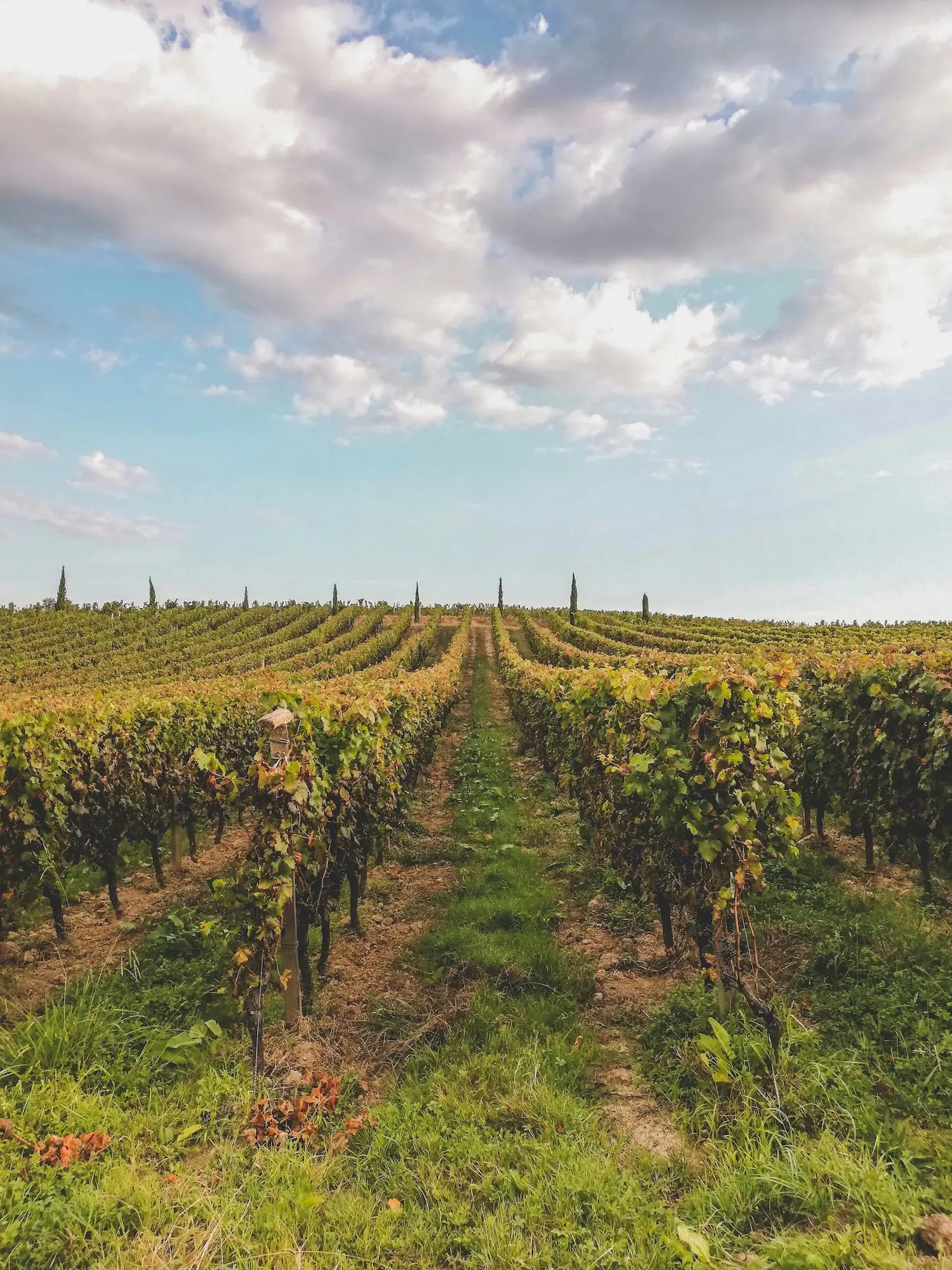
By
Last updated:
10 Best non alcoholic wines picks
The 10 non alcoholic wine recommendations in this list have been taste-tested and carefully curated by our team. Perfect for kicking back without worrying about a hangover, these bottles are lively expressions of the best non alcoholic wines available in 2025.
Non alcoholic wines at a glance
| Attribute | Details |
|---|---|
| Grape Variety | All grape varieties, but common choices are Chardonnay, Cabernet Sauvignon, Merlot, Pinot Noir, and Riesling. |
| Origin | 19th Century Germany, by the Jung family. |
| Serving Temperature | 42.8 – 46.4°F (6 – 8 °C) for sparkling wines 46.4 – 57.2°F (8 – 14 °C) for still wines |
| Decanting | Not recommended, pour it straight into the glass to prevent oxidation. |
| Aging Potential | Limited due to the lack of alcohol and tannins, best enjoyed in the first 1-2 years. |
| Flavor Profile | Similar to traditional wines in fruitiness, acidity, and aromas, without the warmth of alcohol. |
| Structure | Balanced acidity, sweetness, and tannins (in red NA wines) |
| Alcohol Content | 0.5% or less |
| Ideal Glass | Standard-shaped wine glasses |
| Food Pairing | Light appetizers, seafood, salads, pasta dishes, and grilled meats. |
| Top Regions | Mosel, Rheingau, Pfalz (Germany); La Mancha (Spain); Napa Valley (USA) |
| Notable Producers | Domaine EdeM Rosae Elena de Mendoza, Wolffer Estate Vineyard, Giesen, Loosen Bros. |
Non alcoholic wine can be red, white, or rosé, depending on the type of grape used. They are produced from all grape types, but producers prioritize varietals that can keep their structure and taste profiles after removing the alcohol. Favorite choices include:
- Cabernet Sauvignon
- Chardonnay
- Riesling
- Merlot
- Pinot Noir
Dealcoholization can throw the wine off balance, but the best alcohol free wines have structure, acidity, and sweetness that complement each other perfectly.
Understanding dealcoholized wine: is it still wine?
Yes, alcohol free wine, non alcoholic wine, or dealcoholized wine is wine. It is a beverage made from fermented grapes in the same way traditional wine is made, but most of the alcohol is removed. In the US, any wine with an alcohol by volume of 0.5% or less is labeled as non alcoholic.
Extracting the alcohol will alter the taste profile to some degree, as it contributes to the weight, structure and aroma of wine. Winemakers, therefore, have to stick to production methods that preserve the taste and characteristics.
From fermentation to filtration: how is non alcoholic wine made?
The process of making good quality non alcoholic wines starts by harvesting grapes, crushing and then fermenting them, similar to how regular wine is made. After fermentation, the wine undergoes some more steps to remove its alcohol content.
There are three main methods of creating non alcoholic wine designed to help producers solve the problems of:
- Creating wine without alcohol that maintains its body and texture.
- Keeping flavors balanced after removing such an important element.
- Maintaining complex aromas despite the lack of alcohol as a carrier.
So, how is non alcoholic wine made?
- Spinning cone technology: extracts the aromatic compounds from wine before the alcohol is removed. To do this, centrifugal force is used to separate volatile compounds from the wine in a cone-shaped column, and the aromas are reintroduced once the alcohol has been removed.
- Reverse osmosis: passes wine through filters to separate the alcohol and other components based on their molecular size. It is able to remove alcohol while retaining other desirable compounds.
- Vacuum distillation: boils wine at a lower temperature (around 86°F) in a vacuum environment, thus removing alcohol while keeping other delicate compounds intact.
After dealcoholization, the wine is adjusted by adding natural extracts or aromatics to make up for the lost structure and provide you with high-quality NA wines!
Types of non alcoholic wines
Non alcoholic wines can be classified based on their styles, grape variety and winemaking technique.
Based on style, they can be:
- Sparkling non alcoholic wines undergo secondary fermentation and are characterized by the presence of effervescence. The carbonation has a cooling effect, which improves the aromas.
- Still non alcoholic wines are quite refreshing, generally not bubbly as they are fermented only once. Still NA wines made with grape varieties high in aromatic compounds, such as Muscat, tend to taste better.
Based on grape variety, NA wines can be:
- Reds: the best examples emphasize fruitiness, created from red or black grapes that have been fermented with skin contact.
- Whites: they have a diverse flavor profile, produced from grapes with minimal skin contact during fermentation.
- Rosés: created from black grapes with only brief skin contact, these beautiful pink wines are versatile food pairings.
Follow along as we explore the best non alcohol wine types available today.
Non alcoholic red wines: rich, bold and booze-free
Non-alcoholic red wines can be still or sparkling, offering a range of aromas and textures. Created by fermenting red or black grapes with skin contact, these wines can be tricky to perfect. This is because of the absence of tannins that give reds their structure and mouthfeel. Once done right, though, non alcohol red wine is the perfect pairing for hearty meals.
Flavor profile: red grapes, ripe plum, toasted oak
Body & Texture: smooth, medium-bodied
Food Pairing: roast beef, tomato-based pasta, burgers.
Try a classic: Zero Point Five Pinot Noir (Non-Alcoholic) – Josef Leitz
The delicate world of non alcoholic white wines
Non alcoholic white wines are typically more successful than the reds, as the taste profile is enhanced by the aromatics of white grapes, as well as citrus and floral notes. Sparkling whites are very approachable, consider a sparkling Prosecco or a Cava if you’re new to alcohol free wines.
Flavor profile: green apple, pear, hints of honey.
Body & Texture: light-bodied, balanced acidity and sweetness.
Food Pairing: seafood, steak salads, chocolate-covered strawberries.
Try a classic: Eins Zwei Zero Rheingau Riesling (Non – Alcoholic) 2021
The pink and glamorous non alcoholic rosé wines
Refreshing, pink, and versatile, non alcoholic rosés are the perfect midpoint between red and white wines. They are often citrusy, with notes of strawberries, cherries, and florals. The sparkling options add more excitement and texture to the experience, and they are fantastic when partnered with charcuterie boards.
Flavor profile: fruity and floral, with hints of roses, pear, and citrus.
Body & Texture: light bodied, refreshing, fruity
Food Pairing: salads, grilled vegetables, seafood
Try a classic: Alcohol-Removed Rosé (Non-Alcoholic) 2022 – Missing Thorn
How to serve alcohol free wine like a sommelier
To get the most out of your glass of alcohol free wine, pour it with the same attention to detail that you would use to serve a regular wine. The best part of enjoying a bottle of wine is in the ritual.
Here are some effective tips:
- Open the bottle 5-10 minutes before serving to release its aromas.
- Serve chilled; between 42.8 – 46.4°F for sparkling wines and 46.4 – 57.2°F for still wines.
- Pour directly into the glass as decanting can oxidise NA wines, causing them to lose their vibrant taste.
- Choose the right glass to concentrate flavors.
- Mindfully savor your wine!
Food pairing essentials to savor the taste of non alcoholic wine
The key to enjoying the best tasting non alcoholic wines is to know their flavor profiles. Lighter dishes pair well with whites or rosés, while a richer meal might benefit from a red.
For instance, spicy food pairs great with sweet wine; therefore, a glass of Giesen’s 0% Sauvignon Blanc would pair perfectly with Thai curry peanut soup. Surely, this is a win for non alcoholic wine.
In the table below, we will recommend some great NA wines and their food pairings to get you on the path to an enriching booze-free dining experience.
| Food | Best Bottle/Wine Type | Type & Structure |
|---|---|---|
| Chicken, turkey, duck, rabbit | Josef Leitz Eins Zwei Zero Rheingau Sparkling Riesling (Non-Alcoholic) | Fresh, zesty, citrusy |
| Steak, roasts, braised meats | Giesen 0% Red Blend (Non-Alcoholic) | Fine tannins, tasting notes of crushed red berries, and plum |
| Aged cheese, Roquefort, Parmigiano Reggiano, Cheddar, Gouda | Waterbrook Clean Cabernet Sauvignon (Non-Alcoholic) | Spicy and sweet, with aromas of ripe cassis, plums, and raisins. |
| Pasta, risotto, and baked casseroles | Loosen Bros. Dr. Lo Alcohol-Removed Riesling with Bubbles (Non-Alcoholic) | Light, crisply acidic, fresh |
| Appetizers, pastries, salads | Kylie Minogue Alcohol Free Sparkling Rosé (Non-Alcoholic) | Crisp, strawberry, and lemon notes |
| Light fish dishes, shellfish, seafood pasta | Loosen Bros. Dr. Lo Alcohol-Removed Riesling (Non-Alcoholic) | Fruity, crisp acidity, clean finish |
Must have accessories to enjoy the finest non alcoholic wines
Even the best nonalcoholic wine, lovingly crafted with specialized methods, tastes flat when it is not served with the right accessories. To elevate your zero alcohol wine drinking experience, consider accessories like the ones recommended below.
| Accessory | Why it matters |
|---|---|
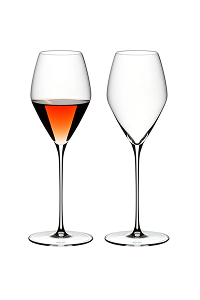
RIEDEL Veloce Rosé
|
Concentrate the aromas and flavor of wine for optimal tasting. |
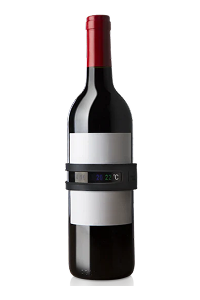
Wine Thermometer
|
Use them to serve your wine at the right temperature and avoid over-chilling. |
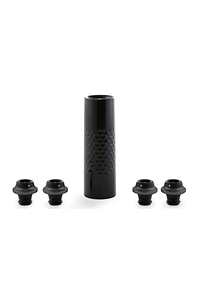
Wine Enthusiast - Automatic Vacuum Wine Saver and Preserver
|
Keep your bottles fresh for longer after opening. |
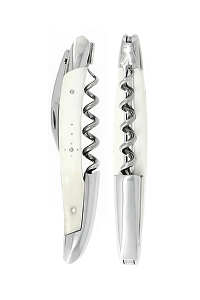
Forge de Laguiole Corkscrew-Cattle Bone
|
Open bottles precisely without breakage or spillage. |
How are non alcoholic wines priced?
The prices placed on premium bottles by non alcoholic wine brands are a reflection of their quality and the specialized manufacturing process it takes to produce something so beautiful. Hence the cost of top-rated non alcoholic wines is influenced by following factors.
- High-quality aromatic grapes are used to keep the award-winning characteristics without alcohol.
- Top-tier equipment is required for the dealcoholization process
- Special care is taken during production to maintain quality standards.
We have curated some of the best quality dealcoholized wines for every price range, including expert ratings and tasting notes in the table below.
Non alcoholic wine brands to try out today
A long way from the days when booze-free wine tasted suspiciously like grape juice, non alcoholic wine brands in 2025 now have premium offerings. With the aid of sophisticated dealcoholization techniques, the mouthfeel of these wines is structured, balanced, and delicious.
Some exceptional brands to check out include:
- Josef Leitz a German winery known for its top-tier Rieslings.
- Bolle, providing sophisticated non alcoholic wines for sober curious minds.
- Prima Pave, Italian-owned, offering elegant bottles of well-balanced wines.
- Missing Thorn, producer of non-alcoholic wines comparable to traditional wines.
The world’s top terroirs for non alcoholic wine
Although it originated from Germany in the late 19th century, many countries in the world are now known for producing nice non alcoholic wine. Grapes for the best nonalcoholic wine require cool climatic and geographic conditions that aid slow ripening and heightened aromatics. These conditions are particularly found in Spain, Italy, France, and the US vineyards.
Here is an overview of the top non alc wine regions.
Spanish non alcoholic wine
Spanish non alcoholic wine is an amazing blend of tradition and creativity. In this country with a long practice of consuming non alcoholic beverages, wineries such as Le Naturel and Bodegas Matarromera are taking the lead with their zero alcohol wines.
Non alcoholic Italian wine
A testament to the growing demand, many traditional producers are now offering non alcoholic Italian wine variations. From the best non alcoholic Pinot Grigio to non alcoholic Cabernet, the grapes are sourced from high-quality vineyards and crafted to capture the character of their specific regions.
Non alcoholic French wine
Notable vineyards in Bordeaux and the Loire Valley were the first to adopt the creation of non alcoholic French wines. Now, you can enjoy tastefully made no alcohol Champagne right from the source!
Napa Valley non alcoholic wine
Famous for its high-quality grapes and winemaking history, Napa Valley wineries now offer non alcoholic variations of their best grapes for mindful drinkers. The options of non alcoholic wine in Napa range from wine alternatives to premium dealcoholized rosés.
Starting off on the right foot: non alcoholic wine for beginners
If you are a beginner, we recommend starting with a nice sparkling non alcoholic wine, as the bubbles add to the texture and pleasure and can be paired with many dishes too. The best alcohol free red wines are perfect for hearty meals due to their rich tannic structure.
Check out the table below for more food pairing recommendations and expert non alcoholic wine picks!
| NA Wine Style | Our Recommendation | Best to Pair with |
|---|---|---|
| Sparkling NA Wines | Wolffer Spring in a Bottle Sparkling Rosé (Non-Alcoholic) | Appetizers, salads, pastries, finger foods |
| Still Rosé and White NA Wines | Josef Leitz Eins Zwei Zero Chardonnay (Non-Alcoholic) | Seafood, poultry, light pasta, salads, |
| Still Red NA Wines | Missing Thorn Alcohol-Removed Red (Non-Alcoholic) 2022 | Steak, roasts, aged cheeses, braised meats |
Collecting non alcoholic wines: premium and limited edition bottles
Our team of experts has curated a selection of premium and limited-edition wines for wine lovers seeking exceptional NA expressions. Produced with state-of-the-art techniques to retain as much of the original flavor as possible, these bottles offer unique blends and flavor profiles loved by collectors and sommeliers.
Great wine glasses for tasting alcohol free wine
From reds and whites to rosés, every sip of alcohol-free wine is made better with the appropriate wine glass. Aim to serve each wine style with a suitable glass to enjoy a perfect drinking experience. For instance, crystal and narrow-shaped glasses should be used to serve nonalcoholic whites and rosés as they concentrate the aromas to enhance the flavors.
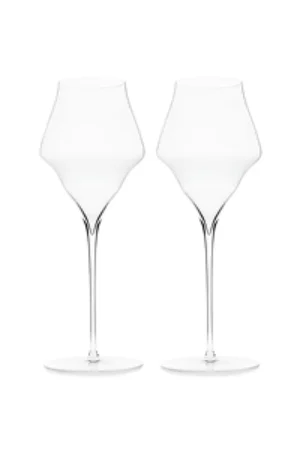
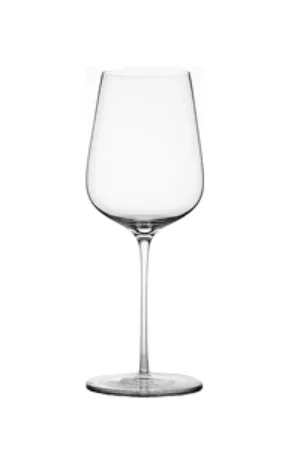
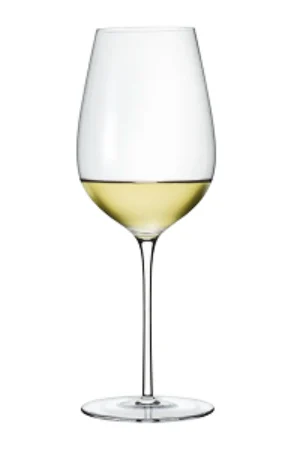
FAQs Best non alcoholic wine
Non alcoholic wine can have a different taste and mouthfeel compared to traditional wine, and a tendency for increased sugar. High sugar is a drawback for some, especially people at risk of sugar dependency. To get more positive effects, consume non alcoholic wine in moderation, and only choose expert recommended bottles.
Non alcoholic wine tastes different depending on the type of grapes used. Whites are delicate, fruit forward and floral, rosés tend to be fruity and sweet, and bubbles add to their excitement. Non alcoholic red wines can have a bold, tannic mouthfeel with a dry finish.
In the USA today, the best non alcoholic wines are produced by winemakers in Napa Valley, California, with producers like Missing Thorn and Zilch taking the lead. Check out our section on the top selected non alcoholic wine recommendations to find the best bottles suited for your taste.
Dealcoholized wine is a beverage that is crafted from grapes following the traditional winemaking process, but undergoes additional steps to remove or reduce the alcohol content. After fermentation, the alcohol can be extracted with vacuum distillation, spinning cone columns, or reverse osmosis. In the US, a minimum ABV of 0.5% is required to label wine alcohol-free.
There are many grape varietals used to make non alcoholic wine, picked for their high aromatic content and defined structure. They include Cabernet Sauvignon, Merlot, Pinot Noir, Chardonnay and Muscat grapes. The best non alcoholic Chardonnay is one with balanced taste and structure, such as Giesen’s 0% Chardonnay.
Non alcoholic wine brands that incorporate environmentally friendly practices in their winemaking process, such as creating organic non alcoholic wines or sulfite free non alcoholic wine should be at the top of your radar. These winemakers prioritize crafting top-quality bottles using specialized techniques.
You can buy non alcoholic wine online at established retailers with competitive pricing and customer-friendly delivery services, such as wine.com. To help you navigate the vast world of wines and learn expert tips to savor your wine like a pro, explore our wine reviews and recommendations right here at Wines Curated.
Tastes are subjective, and so we cannot say what the best non alcoholic red wine is. However, we consider the Waterbrook Clean Cabernet Sauvignon (Non – Alcoholic) to be a prime expression of what zero alcohol red wines should be. It has a dry finish, with cherry notes, cocoa and bold tannins.
Yes, sparkling wine can be non alcoholic, and it is available in red, white or pink options. Sparkling wines are exciting and refreshing due to the cooling effect of the carbon dioxide in the bottle. Pair them with light salads, appetizers, and grilled vegetables for optimal enjoyment.
The best non alcoholic wine is the right balance of taste, structure, and complexity. It is not a substitute for regular wine, but rather producers enhance its outstanding flavors that shine even without the alcohol. Domaine EdeM Rosae Elena de Mendoza N.0 Sparkling Rosé (Non-Alcoholic) is a very good example.
Non alcoholic wine offers a range of benefits, with the most important one being the absence of alcohol. It has lower calories, removes the worries of getting hangovers, and is good for your heart. Low sugar non alcoholic wine is perfect for people with health issues, and it is also a good option for the social inclusion of people who are abstaining from alcohol for whatever reason.



